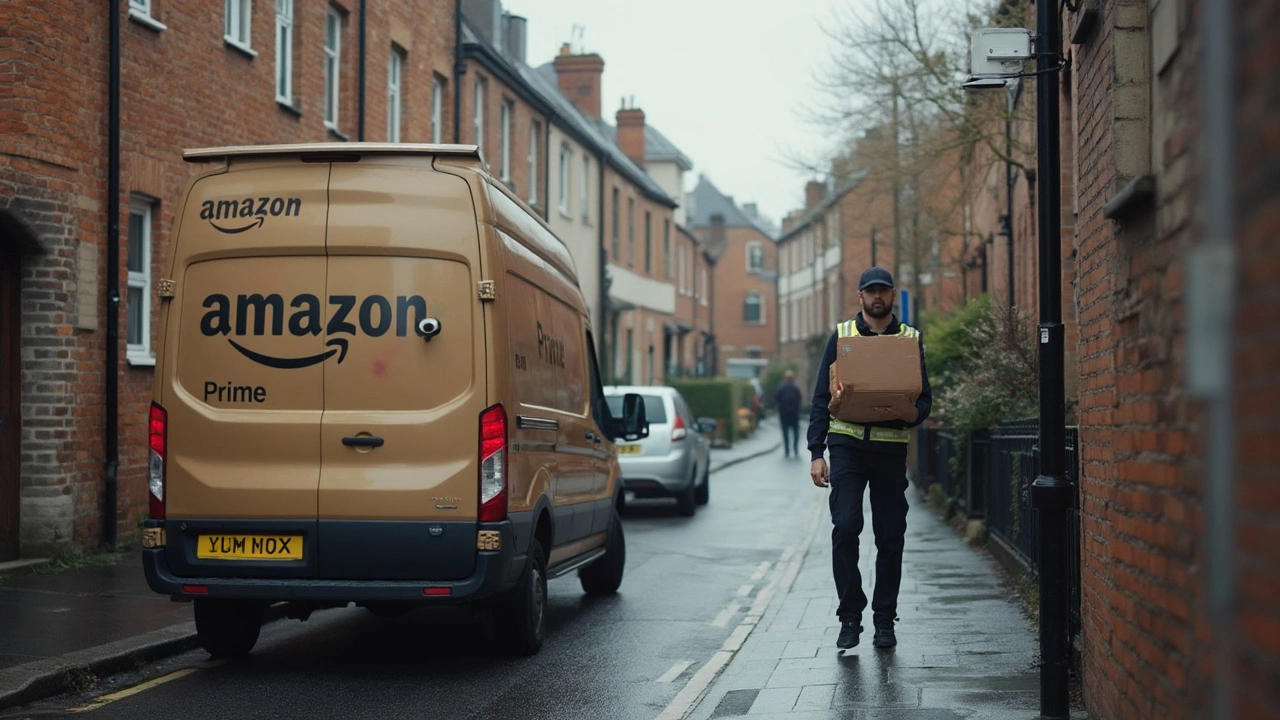Amazon Last Mile Delivery: How It Works and Why It Matters
When you click "order now" on Amazon, the biggest challenge is getting that package to your doorstep quickly. That final stretch is called the last mile. It’s where speed, accuracy, and customer experience all meet. Amazon has built a massive system to make that step almost invisible to you, but understanding it can help you plan better if you ship similar items.
The Amazon Delivery Network
Amazon runs three main types of last‑mile services: its own fleet of Amazon Flex drivers, partnered couriers like UPS and DPD, and the growing Amazon Logistics hub network. Flex drivers use their own cars and a smartphone app to pick up parcels from local hubs, then drop them off within a few hours. Partnered couriers handle larger volumes or heavier items that need trucks or vans.
All of these players plug into Amazon’s real‑time tracking platform. The system tells drivers the optimal route, updates customers with live ETA, and flags any address problems before the driver even leaves the hub. This tech reduces missed deliveries and keeps costs down.
Why the Last Mile Is Hard
Even with fancy software, the last mile is still the most expensive part of shipping – sometimes up to 50% of the total cost. Traffic jams, narrow streets, and missed delivery windows can all add up. Amazon tackles these issues by placing mini‑fulfillment centers (called “delivery stations”) in neighborhoods, so drivers only travel a short distance.
Another trick is the use of locker boxes and curbside drop‑off points. If you’re not home, the driver can leave the package in a secure locker, and you collect it later. This reduces the number of failed delivery attempts, which are both costly and frustrating.
If you run a small e‑commerce store, you can borrow a few ideas. Keep inventory close to your biggest customers, use local courier services that offer real‑time tracking, and give buyers the option to pick up from a nearby locker or shop.
Amazon also invests heavily in data. By analyzing order patterns, it predicts when and where demand will spike – like during Prime Day – and temporarily adds more drivers. This flexibility means they can keep delivery promises even when orders surge.
For the customer, the result is a seamless experience: you get a reliable ETA, a notification when the driver is nearby, and often same‑day or next‑day delivery options. For the business, the lesson is clear – invest in technology, keep inventory local, and offer flexible drop‑off points.
In short, Amazon’s last mile success comes from combining a huge driver network, smart routing software, and local mini‑hubs. If you want to improve your own delivery times, focus on making the final stretch predictable and cheap. Simple steps like adding a few nearby storage spots or partnering with a local courier that provides live tracking can cut costs and keep customers happy.
Amazon Last Mile Delivery Explained: How Packages Reach Your Door Fast
Discover how Amazon last mile delivery works, the technology behind it, and tips for smooth package arrivals at your door. Packed with facts for savvy shoppers.
© 2025. All rights reserved.

